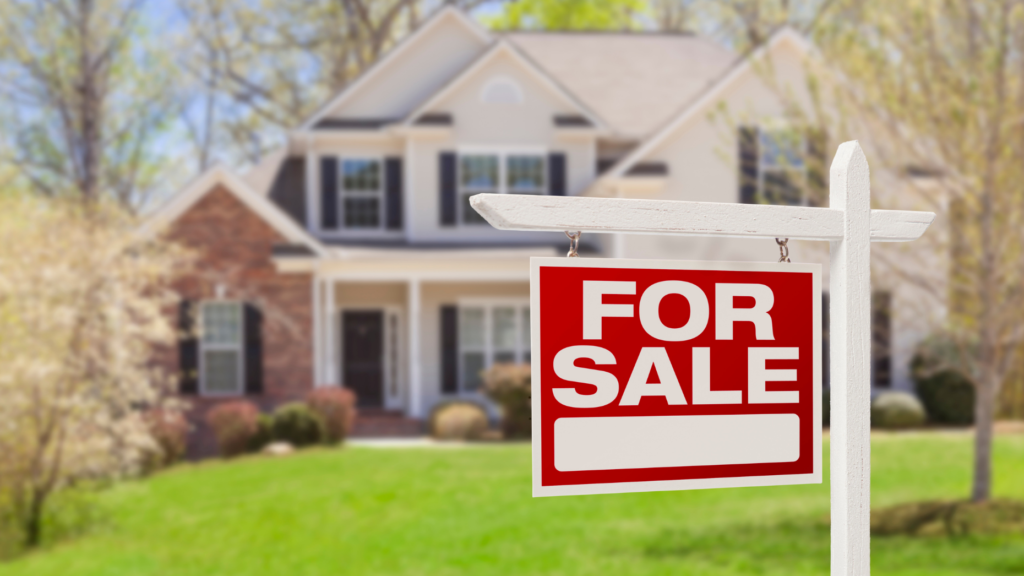Although the annual median home price growth slowed from 15.9 percent in Q3 2021 to 14.6 percent in Q4, homebuyers still struggled under the weight of booming sales prices, according to NAR data.
Despite median home sales prices sliding in the fourth quarter of 2021, the majority of U.S. homebuyers still faced a bleak fall and winter homebuying season, with 67 percent of markets reporting double-digit existing-home price appreciation.
In the fourth quarter, the median sales price of single-family existing homes increased 14.6 percent year over year, to $361,700 — 1.3 percent below the pace seen in the previous quarter,” according to the National Association of Realtors’ Q4 Metro Home Prices report, released Thursday.
The share of markets with double-digit existing-home price appreciation also declined in Q4, with 122 of the 183 markets NAR tracks reporting appreciation growth above 10 percent, compared to 142 in Q3.
“Homebuyers in the last quarter saw little relief as home prices continued to climb, albeit not as fast as earlier in the year,” NAR Chief Economist Lawrence Yun said. “The increasing prices are indicative of a seller’s market, with an abundance of eager buyers and very limited supply.”
Lawrence Yun | Photo credit: NAR
The majority of home price appreciation took place in the South, where prices increased 17.9 percent from Q3 2020. Texas and Florida led the home price boom, as buyers from California and New York continue to flock to both locales. Punta Gorda, Florida (+28.7 percent); Ocala, Florida (+28.2 percent); Austin-Round Rock, Texas (+25.8 percent) and Sherman-Denison, Texas (+25.1 percent) experienced the sharpest increases in home prices.
Metros across the Sunbelt and Mountain regions, including Phoenix-Mesa-Scottsdale, Arizona (+25.7 percent); Tucson, Ariz. (+24.9 percent); Las Vegas-Henderson-Paradise, Nev. (+24.7 percent); Ogden-Clearfield, Utah (+24.7 percent); Salt Lake City, Utah (+24.4 percent); and Boise City-Nampa, Idaho (+24.3 percent), also reported dramatic home price growth during the quarter.
Although home price growth was highest in the South, the West and East Coasts continued to report the highest median home prices. In Q4, median home prices in San Jose ($1,675,000), San Francisco ($1,310,000), Anaheim ($1,150,000) and Urban Honolulu ($1,054,500) all surpassed the million-dollar mark.
San Diego-Carlsbad, California ($845,000); Los Angeles-Long Beach-Glendale, California ($797,900); Boulder, Colorado ($775,100); Seattle-Tacoma-Bellevue, Washington ($700,000); Naples-Immokalee-Marco Island, Florida ($685,000); and Nassau County-Suffolk County, N.Y. ($644,600) rounded out the top 10 most expensive markets with home prices above $600,000.
“The strength of price gains are associated with the strength of the local job market, but the escalating prices took a toll on home shoppers, compelling many to come up with extra cash, and forcing others to delay making a purchase altogether,” Yun said of the price crunch buyers are facing. “A number of families, especially would-be first-time buyers, are increasingly being forced out of the market, and this is why supply is critical to expanding homeownership opportunity.”
Rising mortgage rates aren’t helping as buyers — particularly first-timers — struggle to save a down payment and afford the rising cost of borrowing.
“The average monthly mortgage payment on an existing single-family home –valued at $361,700 and financed with a 20 percent down payment, 30-year loan at a mortgage rate of 3.13 percent – rose to $1,240,” the report read. “This was an increase of $201 from one year ago (median price of $315,700; mortgage rate of 2.81 percent). Families typically spent 16.9 percent of their income on mortgage payments, while one year ago families spent 14.7 percent.”
Although the market is tumultuous for buyers right now, Yun said relief is on the way. “The good news is that home prices should begin to normalize later in 2022 as more homes come on the market,” he said.



 Are You Interested in West Eleventh Residences Miami?
Are You Interested in West Eleventh Residences Miami? Are You Interested in ONE Park Tower by Turnberry?
Are You Interested in ONE Park Tower by Turnberry? Are You Interested in Diesel Wynwood Condominium?
Are You Interested in Diesel Wynwood Condominium? Are You Interested in Five Park Miami Beach?
Are You Interested in Five Park Miami Beach? Are You Interested in Cipriani Residences Miami?
Are You Interested in Cipriani Residences Miami? Are You Interested in Bentley Residences Miami?
Are You Interested in Bentley Residences Miami? Are You Interested in Baccarat Residences Brickell?
Are You Interested in Baccarat Residences Brickell? Are You Interested in Aria Reserve Miami?
Are You Interested in Aria Reserve Miami? Are You Interested in 888 Brickell Dolce & Gabbana | Miami?
Are You Interested in 888 Brickell Dolce & Gabbana | Miami? Are You Interested in 600 Miami WorldCenter?
Are You Interested in 600 Miami WorldCenter? Are You Interested in HUB MIAMI RESIDENCES?
Are You Interested in HUB MIAMI RESIDENCES? Are You Interested in WALDORF ASTORIA RESIDENCES?
Are You Interested in WALDORF ASTORIA RESIDENCES?